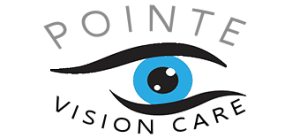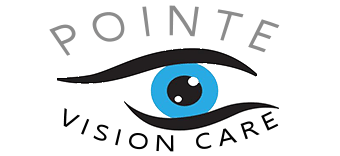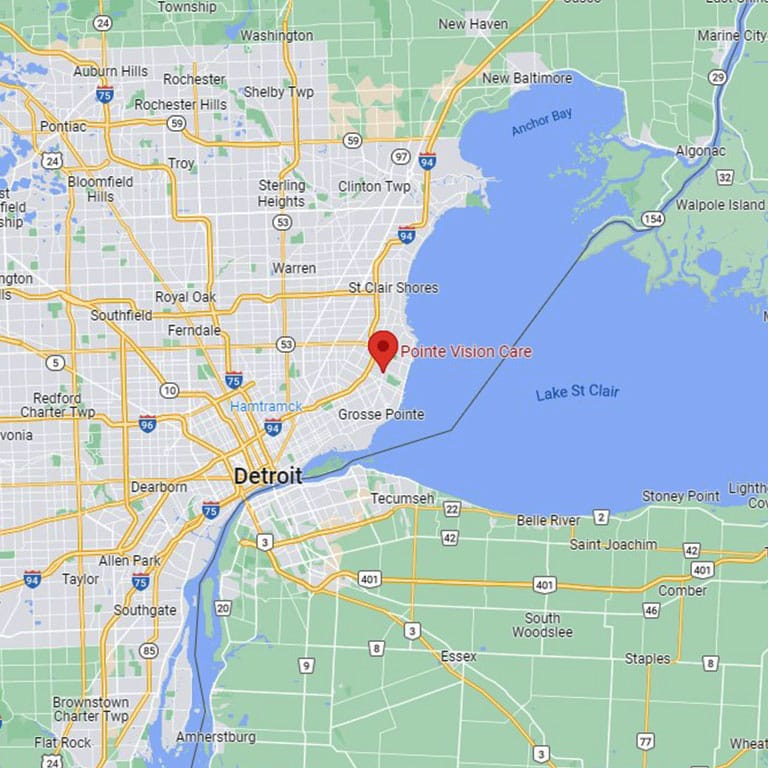What are Eye Sties
Sure, there are a lot more serious eye problems to have, but no one wants a stye in their eye, either. They’re unattractive and, much of the time, painful, too. If you’ve suffered from a stye before, you probably wonder how to treat it and why it developed in the first place. We got the facts about sties from VSP network doctor Jan McVey, OD.
The Why Behind the Stye
It may seem strange, but even your eyelids have oil glands and sweat pores. And, sometimes, they can get plugged up. The blocked opening walls off the stuff inside. When that happens, it can get infected with bacteria and pus, and then you’ve got a stye.
Stye Timetable
How long do sties last? Most get better in about a week, but some stubborn ones can hang on for months. The good thing is sties are a generally mild condition that eye doctors can easily treat. Dr. McVey has been serving Phoenix-area patients for over 25 years and reports complete success with treating sties. Even stubborn ones are treatable, though they don’t look or feel good.
Is a Stye in Your Eye?
You’ll probably be able to tell by an inflamed spot on your eyelid. It can then puff up like a big pimple and comes with pain and irritation. But, never self-diagnose. These symptoms should be clue #1 to call your eye doctor.
What’s Underlying Sties
A lot of things can cause a stye, and some are completely in your control. Thorough eye makeup removal is important to overall eyelid health and hygiene. But, sometimes, overactive oil glands can make it downright impossible for it all to escape skin tissue. And, in cases, a nasty inflammatory eyelid disease known as blepharitis can cause sties, too.
Stye Protocol
Treating sties depends entirely on how serious the condition is. The first step, according to Dr. McVey, is to use a simple hot compress. Just soak a clean cloth in hot water and put it on your eye for about 10 minutes, four to five times a day – this can open up the blocked gland. But, if you don’t see improvement in a week or so, call your eye doctor for help – he or she might give you either topical or oral antibiotics. Surgery might even be in order to remove the blockage in the worst cases.
Goodbye to Sties
Dr. McVey says there is no sure-fire way to prevent sties, but basic cleanliness is the top priority. Routine washing of hands and face is the best step for a lifetime of stye-free eyes.
Information received through VSP Vision Care channels is for informational purposes only and does not constitute medical advice, medical recommendations, diagnosis or treatment. Always seek the advice of your eye doctor, physician or other qualified health provider with any questions you may have regarding a medical condition.
Article ©2020 Vision Service Plan. All rights reserved. Reproduction other than for one-time personal use is strictly prohibited. This article was originally published at https://www.vsp.com/eyewear-wellness/eye-health/eye-stye


